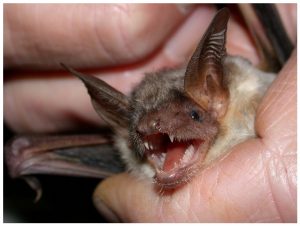Bed Bugs vs. Bat Mites
Most of us have heard terrifying stories about bed bug infestations, and many of us have even experienced it too. The typical signs of a bat mite infestation include rash, itching, red bumps, bug-like bites, and actually seeing them little bugs in linens and bed sheets.
To get eliminate these mites, it is standard to use professional pest control services, OTC exterminators, aerosol sprays, and insecticide treatments. These, when used in the right combination, work well to kill and eliminate a bed bug problem. However, even after these treatments, some people find that the infestation eventually comes back. The most likely reasons for this is that the treatment wasn’t enough, or, the infestation they think is bed bugs is actually something else.
Bat mites behave very similar to bed bugs. They are tiny parasitic insects that cling to a host and can live up to one year if the climate is agreeable. They thrive well in dark and narrow areas, just like bats, which is why bats are their favorite hosts.
Getting Rid of Bat Mites
Ordinary pest extermination services are not enough for bat mites. An exterminator cannot simply spray, kill, and call it a day when it comes to bat mites. As long as their host remains, they remain and will continue to come back over and over again. Regardless of how many times the place is fumigated, sprayed, or cleaned, the bat mites won’t go away permanently until you get rid of the bats first.
Once the bat colonies are cleared from the area, and the proper preventative maintenance precautions are taken to ensure there will be no more future bat invasions, you are on your way to a mite-free living space. This is when you can begin to properly clean and sanitize the area for bat mites.


